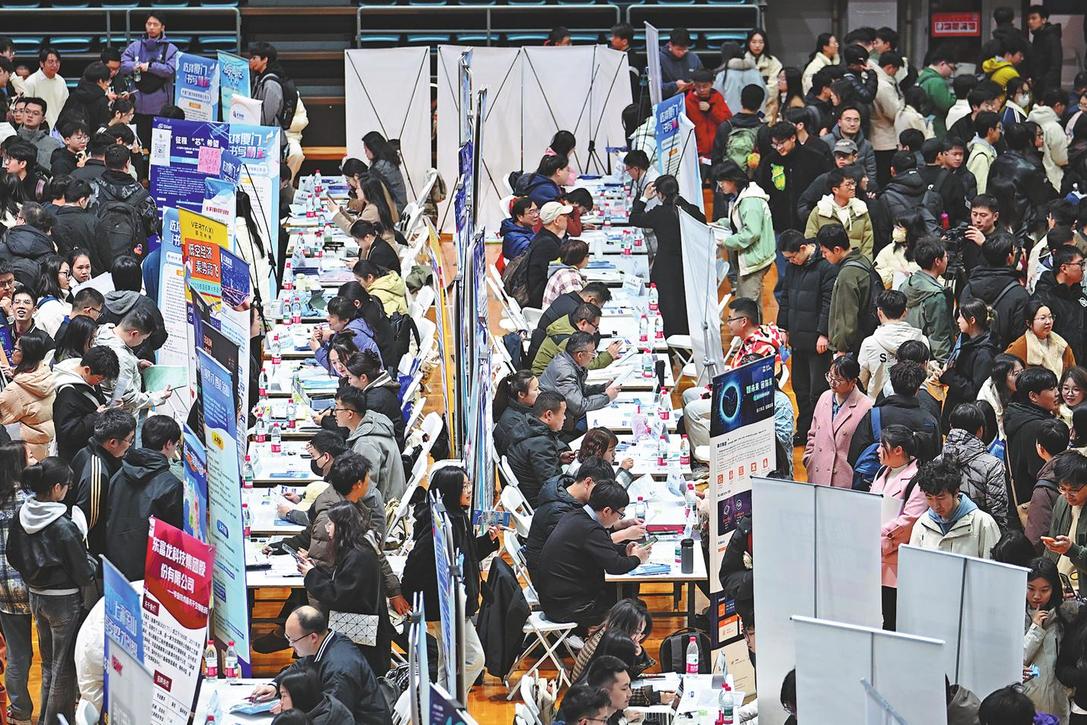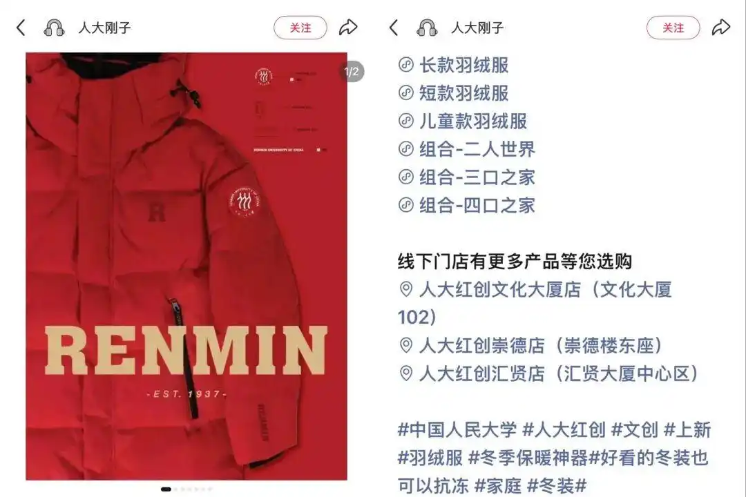Blue growth

| A worker at the medicine product line of Zhoushan Hailisheng Group. The company transformed itself from being China's top cannery to one of the largest marine drug-makers in the world. Gao Erqiang / China Daily |
Marine strategy helps Hailisheng reap rewards
Though Zhoushan has a vibrant marine economy, it is the sea and fish that have left lasting impressions on its people and businesses.
At the Lingcheng industrial cluster in Zhoushan, the ocean breeze brings the distinct smell of saltwater and dried fish, identifying its position as one of the largest fish-processing clusters in China.
On the islands, one can see pictures of various sizes and models of ships or fish in every office, indicating the local passion for the sea and its products. But the pictures in Wang Jiangbin's office are much smaller than the rest - they are on the labels of bottles and cans of all sizes.
"There would have been many more here. The cleaners moved them because they occupy too much space," says Wang, deputy president of aquatic foods company Zhoushan Hailisheng Group, pointing to the rows of his fish label displays.
Beside canned tuna stand bottles of pills made from minerals extracted from sharks followed by cosmetic-use proteins. The dark-brown shelf, which hosts several bottles and cans almost resembles a pharmacy counter. Many of these products have been exported to European countries, Wang says.
In Madrid, Paris and Berlin, Wang and his colleagues have seen Hailisheng products flying off the shelves in local supermarkets.
Canned fish and canned fruit used to be the group's mainstay and foreign exchange earner. All that changed when the city embarked on a mission to promote its marine economy, Wang says. "Marine economy is not an empty concept. For us it is present in every can, bottle and tube," he says.
Zhoushan, blessed with ample fish resources, has also been one of China's largest fish-processing hubs for several decades.
At its peak in 2003, the city's fish-processing sector had some 700 enterprises and their combined output accounted for 38.2 percent of the city's gross industrial output.
Many of the smaller firms had to close down due to shrinking supplies and lower demand and this in turn led to a major restructuring.
Export of fish products, especially canned products, suffered due to currency fluctuations, the uncertain global economic climate and differing dining trends. By the end of 2013, the city had some 400 fish-processing enterprises, accounting for about 12 percent of the city's industrial enterprises and 26.2 percent of the provinces' fish-processing enterprises.
Though the sector's contribution to the city's gross industrial output had dropped to some 15 percent by 2012, it continues to be one of the three pillar sectors for the city's economic activities alongside shipping and shipbuilding.
"Though we moved on to other sectors like property investment and hotel development, we never shifted our primary focus from fish," Wang says.
The group, transformed itself from being China's top cannery to one of the largest marine drug-makers in the world.
"Though Hailisheng has been expanding its product lines, it has never forgotten its primary focus of realizing the maximum value from marine products," Wang says.
About 60 percent of Hailisheng's medical products are made from materials from the sea, such as tuna, he says. At the same time the company also invests more than 15 percent of its profits on research and development activities. The company plans to shift to a new industrial park in the city to enhance its tuna processing capacity.
Wang, however, says that putting more money into R&D activities such as drug development can be a risky proposition due to the lengthy period involved before the actual product hits the market.
Fish protein concentrates have the highest added value among aquatic products and the group is not only increasing its output but also developing new product lines, Wang says.
Tuna meat can be shipped in cans, while its gut can be used for protein concentrates. Fish oil, vitamin A and D can also be extracted from tuna. Hyaluronic acid, extracted from fish eyes, is a basic ingredient in several cosmetics and skincare products. Fish bones are used for bone collagen, a fibrous protein, and are a better resource than collagen made from fish skin. The bone collagen also commands a higher price, Wang says.
"The more we learn about tuna, the less of it is wasted."
Hailisheng has also been working with experts from research institutions at provincial and national levels to develop new healthcare products.
The aging population also brings with it demand for protection and improvement of sight, joints and memory. Wang says that Hailisheng has been working on these projects with various government agencies.
Marketing is another new priority for the company. "We have developed new products and it's time to introduce them to customers," Wang says. Part of that strategy involves setting up sales channels through e-commerce platforms and the creation of brick-and-mortar exclusive shops.
(China Daily Africa Weekly 02/28/2014 page15)
Today's Top News
- UN envoy calls on Japan to retract Taiwan comments
- Innovation to give edge in frontier sectors
- Sanctions on Japan's former senior official announced
- Xi stresses importance of raising minors' moral standards
- Coordinated reform key to country's growth
- Shandong gives new life to traditions































